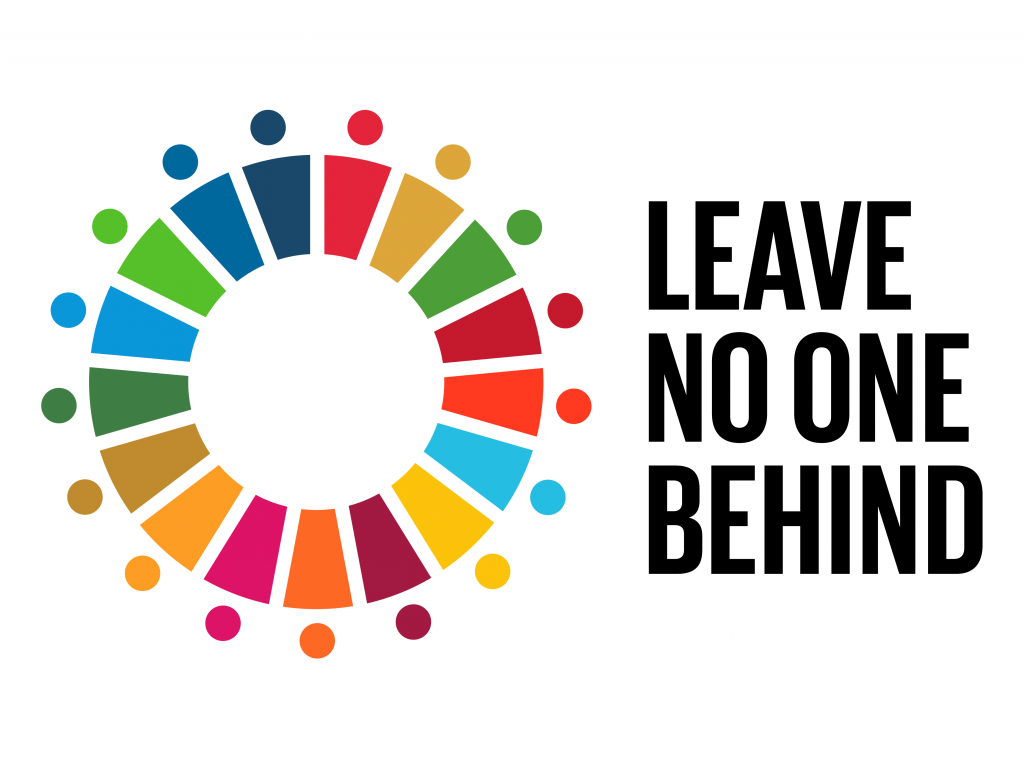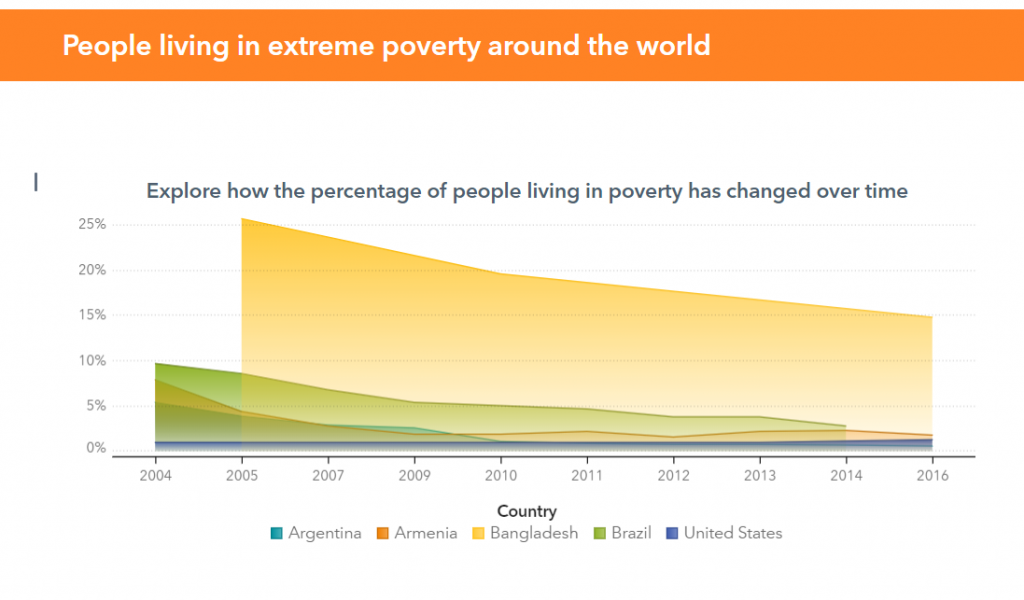 Five years ago, 193 countries joined forces and formed the United Nation’s Sustainable Development Goals. These goals, which are commonly referred to as the Global Goals, serve as a universal promise—an ambitious pledge to build a better future for people and planet by 2030.
Five years ago, 193 countries joined forces and formed the United Nation’s Sustainable Development Goals. These goals, which are commonly referred to as the Global Goals, serve as a universal promise—an ambitious pledge to build a better future for people and planet by 2030.
This year marks the final 10-year stretch to turn the Global Goals into reality. Typically, I’d say 10 years feels more like a lifetime away, but not when I look at the magnitude of these goals—ending poverty, combating climate change, ensuring global food security, and creating access to decent work for all.
The good news is that progress is happening:
- More than half of the world’s population now has internet access.
- The Technology Bank has been formed for the least developed countries.
- Maternal and child mortality rates have reduced, and life expectancy has increased.
Unfortunately, there are still significant challenges ahead of us:
- More than one third of workers in sub-Saharan Africa live on less than $1.90 per day.
- The number of people suffering from hunger is on the rise.
- 2.4 billion people don't have a decent toilet.
Goals of this size require collaboration and global partnership among governments, non-government organizations, the private sector, academia and individual citizens.
Think globally, act locally
At SAS, we’ve consistently prioritized corporate citizenship and searched for ways to apply our resources, time and technology toward societal and environmental issues. The Global Goals have helped push us one step further by giving us an organizing structure for our efforts. They have inspired us to examine our own social responsibility and innovation programs, and they have challenged us to identify new ways to apply analytics to global problems.
SAS is committed to doing our part and making the world a better place. It’s why we promised to achieve net-zero carbon emissions by 2050, and why we continue to partner with global organizations to help accelerate progress with analytics.
But we can’t stop there.
The truth is, I’m not sure there can ever be a comfortable stopping point when it comes to building a better world. But at SAS, internal improvements and external partnerships aren’t enough. We also feel compelled to inspire and empower the next generation of leaders to become more globally minded citizens. There are certainly endless ways to become more globally minded, but for us, we begin by looking at the world’s biggest problems through the lens of data.
Seeing the world through the lens of data
It’s easy to look at data and only see the numbers represented, but data represents much more than that. Data provides opportunity and the potential to improve the world as we know it. Each data point charted represents a person, a problem or a part of our planet that needs our help.
I encourage you to explore the data visualizations created within GatherIQ and consider the people and perspectives the data represents. GatherIQ is an interactive hub for global citizens to learn and do more for our world. GatherIQ allows individuals to explore the data tied to the Global Goals, share stories of those making a difference, and provides resources for the next generation of global leaders to act now.
Curious about the data or the global challenges we face? Here’s are a look at a few of our most recent data visualizations that you can use to better understand the complexity of the Global Goals.

- What are we throwing away? What is thrown away depends on where we live, what we have, and how we use it. See what countries throw away, how much they toss and how they dispose of it.
- Can you survive on $1.90 a day? Probably not. In India, there are more than 264 million people (21% of the population) living in extreme poverty. In Malawi, 10 million people (74% of the population) are living in extreme poverty. Which is worse? The volume of people or the number of people in a single country suffering from poverty.
- Is clean water a luxury or an essential? Imagine feeling thirsty with no access to clean water. Millions of people face this challenge every day. They either walk for miles to find clean water or result to drinking discolored and contaminated water. Why don’t all people have access to clean water? What other health problems occur without the access to clean water?
You too can turn data into action
Making sense of data and finding ways to put it to good use isn't reserved for tech companies or data scientists. There are small, incremental adjustments we can all make once we understand the data that surrounds us and how we engage with our world.
Making sense of data and finding ways to put it to good use isn't reserved for tech companies or data scientists.
With a global commitment to work together and an accurate understanding of the challenges ahead of us, we can turn the Global Goals into reality. There's a lot of work we still need to do over the next 10 years, but the more aware we are about the world we live in, the more opportunities we have to create meaningful change.
Explore Global Goals data now with GatherIQ
1 Comment
Anjelica,
Excellent Blog, keep up the great work!